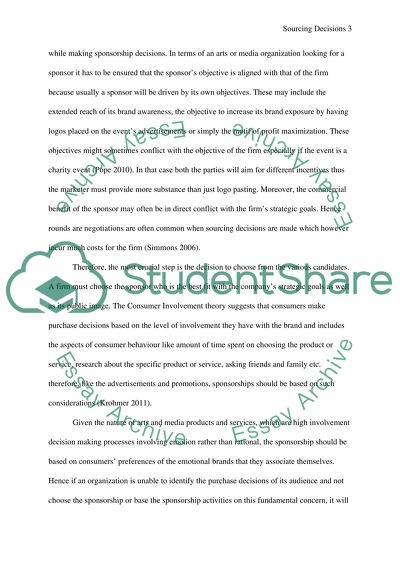Cite this document
(“Sourcing Decisions of Arts and Media Organizations Essay”, n.d.)
Sourcing Decisions of Arts and Media Organizations Essay. Retrieved from https://studentshare.org/journalism-communication/1435933-what-are-the-key-issues-that-an-arts-and-media
Sourcing Decisions of Arts and Media Organizations Essay. Retrieved from https://studentshare.org/journalism-communication/1435933-what-are-the-key-issues-that-an-arts-and-media
(Sourcing Decisions of Arts and Media Organizations Essay)
Sourcing Decisions of Arts and Media Organizations Essay. https://studentshare.org/journalism-communication/1435933-what-are-the-key-issues-that-an-arts-and-media.
Sourcing Decisions of Arts and Media Organizations Essay. https://studentshare.org/journalism-communication/1435933-what-are-the-key-issues-that-an-arts-and-media.
“Sourcing Decisions of Arts and Media Organizations Essay”, n.d. https://studentshare.org/journalism-communication/1435933-what-are-the-key-issues-that-an-arts-and-media.


